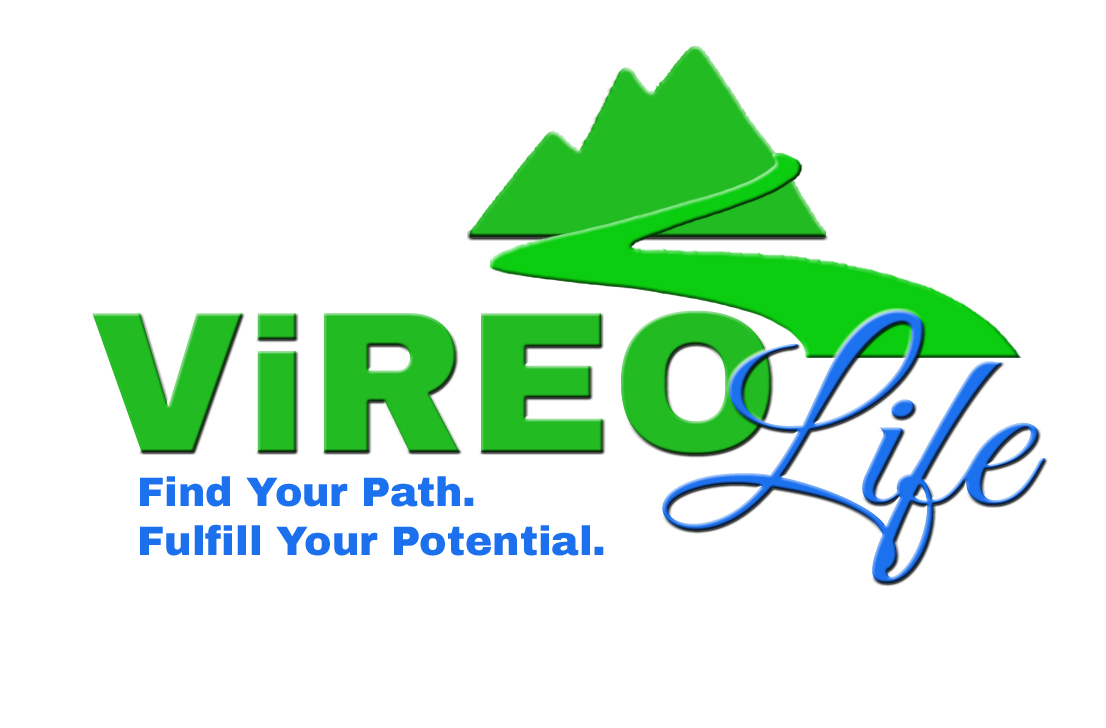Simple Standing Desk Options + Unboxing My New One!
/So, you’ve heard all the rave about standing while you work.
Good. Because being able to alternate between sitting and standing is great for your health and your productivity.
But.
How do you decide what option works best for you?
I’m excited to unbox and review the new standing desk converter I’m using now!
Plus, here are some questions I ask myself and my clients to decide what option is best.
Is your current desk one you want or must keep?
Do you sit for most of every day?
Do you have several virtual meetings in which you could easily stand?
How often do you work in multiple locations (coffee shop, clients’ offices)?
Do you mostly work from a laptop, a desktop, or does it depend on the day?
There are several sit-stand desks and standing desk converters available.
You may need one that is several hundred dollars. (And if your situation needs it, that’s pennies compared to back pain.)
On the other extreme, I show you the two DIY versions I used for years. My situation changed. So, I changed my desk set up.
Whatever you choose, make sure you easily get movement put into your day.
Because that’s what will keep you healthy and achieving all you want in life.








